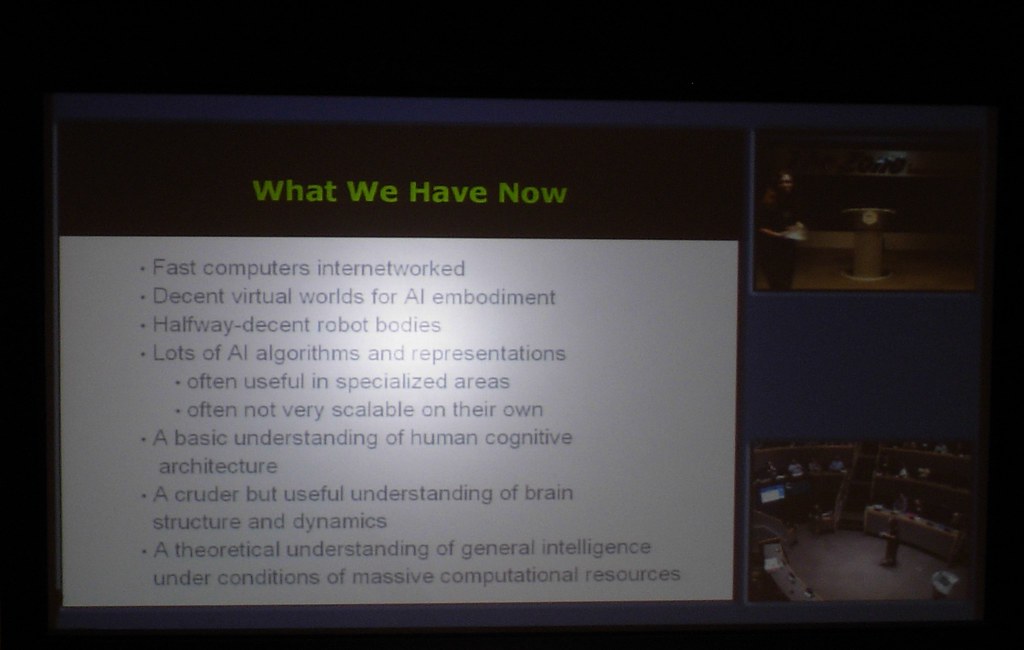
Freddie Mercury. The name alone conjures images of a dazzling showman, a charismatic frontman, and, most enduringly, a voice of unparalleled power and versatility. As the lead singer of the legendary rock band Queen, Mercury possessed a vocal instrument with the quicksilver qualities of his mercurial last name, capable of soaring to seemingly impossible heights before descending to rumbling depths. This unique vocal prowess lent a signature drama to Queen’s distinctive sound, captivating audiences worldwide and cementing his status as one of music’s all-time greats. Even decades after his passing, the echoes of his voice continue to energize stadiums and inspire generations of musicians and fans alike.
For years, the sheer magnitude of Mercury’s vocal abilities often felt like something beyond human explanation, tempting many to attribute his ear-shattering four-octave vocal range to divine intervention—a sort of rock ‘n’ roll Chosen One. It was a voice that defied easy categorization, effortlessly blending operatic grandeur with raw rock ‘n’ roll energy. The mystery and magic surrounding his vocal chords only added to his mystique, making his performances seem like a true “Kind of Magic” sent by the gods of rock. This enduring enigma has fueled much speculation, but until recently, his vocal technique was never studied in depth with rigorous scientific scrutiny.
However, in 2016, a dedicated team of European voice researchers embarked on a groundbreaking mission: to unravel the physiological and acoustic phenomena behind Freddie Mercury’s incredible pipes. Led by Dr. Christian Herbst, a vocal scientist and biophysicist, their acoustic analysis provided objective insights into his singing style, moving beyond subjective imagery to reveal the rare abilities that made his voice so incredible. Through careful examination of sampled recordings and vocal re-enactments, these scientists began to deconstruct the components of a vocal genius, offering a fascinating glimpse into the mechanics that allowed Mercury to achieve such vocal majesty.
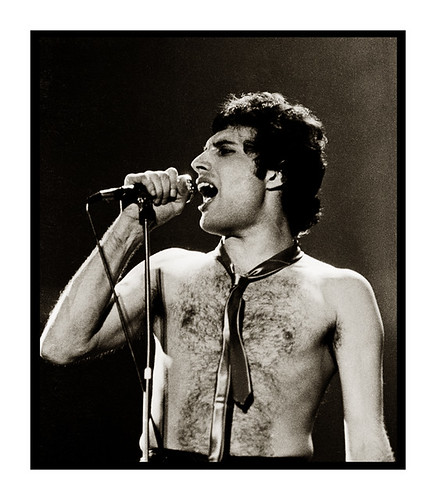
1. **The Astonishing Four-Octave Vocal Range**
Freddie Mercury’s reported four-octave vocal range has long been a subject of awe and a cornerstone of his legendary status. While exact measurements can vary, the consensus among researchers and fans alike is that his command over such an extensive register was nothing short of miraculous. This wide expanse allowed him to traverse from the resonant depths of a forceful baritone growl to the bright, soaring peaks of a tenor, often with no perceptible strain. His ability to hit notes comfortably between a low of F#2 and a high of G5 in his prime demonstrated an innate vocal gift that few singers, regardless of genre, could ever hope to rival.
The study by the European scientists specifically noted the difficulty in fully explaining this spectacular vocal range. Even with their advanced acoustic analysis, the four scientifically inexplicable octaves remained somewhat shrouded in the “magic” that fans often felt when listening to his music. This suggests that while science can illuminate many aspects of his technique, some elements of his raw, genetic gift might forever remain a part of his inherent brilliance. His range was not merely about hitting notes; it was about the fluidity and control with which he navigated these vast vocal landscapes, making every note feel purposeful and profoundly expressive.
This remarkable range was further emphasized by his extraordinary agility. He moved through his vocal registers with astonishing speed and precision, a feat that required not only incredible range but also minute muscular control of the larynx. During live performances of “Bohemian Rhapsody,” for instance, he was known to shift registers several times within a single phrase, a testament to his unparalleled command. This flexibility allowed Queen’s music to embrace a vast emotional and stylistic spectrum, from operatic drama to hard rock anthems, all unified by Mercury’s singular vocal identity.
Read more about: Busting the 10 Biggest Myths About Vocal Training, Feat. Music’s Top Icons!

2. **The Enigmatic “False Vocal Cords” and Vestibular Folds**
One of the most intriguing discoveries made by researchers pertained to Freddie Mercury’s iconic and inimitable growl – that distinctive snarl that sends shivers down the spine in lines like, “Gotta leave you all behind and face the truth” from “Bohemian Rhapsody,” or the electrifying power in “Don’t stop me now!” This unique vocal quality was attributed to the use of what are known as “false vocal cords,” or vestibular folds. These are two folds of mucous membrane located in the larynx, positioned just above the true vocal cords, and they are not commonly employed in typical singing.
While everyone possesses these vestibular folds, only a select few individuals can activate them to produce sound. Even the most talented and highly trained musicians often find themselves unable to access this unique skill. However, those who can, like Mercury, produce a rare vocal marvel called “subharmonic vibration.” This technique doesn’t come easy, and for many, it simply doesn’t come at all, highlighting Mercury’s exceptional physiological control and perhaps an instinctive understanding of his own vocal anatomy.
The activation of these false vocal cords adds a layer of roughness and raspiness to the voice, creating a guttural, powerful sound that became a hallmark of Mercury’s more aggressive rock performances. It was this particular capability that allowed him to imbue his voice with that raw, primal energy, making lines reverberate with an almost tangible sense of immediacy and danger. The scientific explanation of this phenomenon truly demystifies a core component of his distinctive vocal fingerprint, revealing a biological basis for what many experienced as pure, untamed vocal power.

3. **The Art of Subharmonic Vibration: Mercury’s Signature Growl**
Building upon the discovery of his use of false vocal cords, the phenomenon of “subharmonic vibration” emerges as a crucial secret behind Freddie Mercury’s legendary growl and powerful low notes. Subharmonics occur when the vestibular folds vibrate along with the true vocal cords, creating a lower frequency tone that adds depth, resonance, and that unmistakable “shiver running down your spine” quality. This layering of tones, lower than the basic frequency of his vocal folds, was something no other rock vocalist had managed with such finesse and consistency.
The researchers observed that Mercury’s singing incorporated subharmonics, a technique that is often found in traditional throat singing from Tuva, a practice far removed from the realm of rock ‘n’ roll. This unexpected connection highlights the sheer versatility and unique physiological attributes of Mercury’s vocal instrument. For instance, in the studio version of “We Are the Champions,” these subharmonics lent a gravity and resonance that made the song feel truly monumental, elevating its emotional impact and cementing its anthemic status.
Dr. Herbst’s research further revealed that Mercury could slip in and out of these subharmonics seamlessly. This wasn’t a clumsy or forced technique; rather, it indicated an instinctive, almost reflexive command of advanced vocal physics. His ability to transition effortlessly between standard vocalization and subharmonic growls showcased an extraordinary level of laryngeal control and an intuitive understanding of how to manipulate his own vocal apparatus. This mastery allowed him to weave complex textures into his singing, enriching Queen’s music with an unparalleled sonic complexity.

4. **The Uniquely Fast and Irregular Vibrato: A Vocal Fingerprint**
Beyond the impressive range and the powerful growl, another key distinguishing feature of Freddie Mercury’s voice was his vibrato. Vibrato, the slight, rapid variation in pitch that makes a sustained note sound more vibrant and expressive, is a common technique among trained singers. However, Mercury’s vibrato stood apart, possessing characteristics that were noticeably different from both classical opera singers and most other pop/rock vocalists. This unique quality contributed significantly to his “vocal fingerprint.”
Professor Christian Herbst’s research highlighted that typically, an opera singer’s vibrato has a frequency of about 5.5-6 Hz, creating a polished, symmetrical modulation of fundamental frequencies. Freddie Mercury’s vibrato, however, was found to be significantly higher and, crucially, more irregular. Studies confirmed that Mercury’s vocal cords vibrated at an extraordinary rate of 7.04 Hz, exceeding the vibrato of nearly every known rock or classical singer. This faster-than-average oscillation helped produce the shimmering, restless energy in recordings like “Somebody to Love,” creating a sound that felt electrifying even in the quietest moments.
This irregularity and increased speed made his voice feel raw and alive, unlike the more conventional, polished vibrato. The rapid flutter, measured in the lab, sounded almost like an electrical current running through each sustained note. This quality came through vividly in tracks like “It’s a Hard Life,” where every phrase carried a sense of immediacy and danger, as if the music itself might burst into flames. It was this unpredictable, almost chaotic element within his controlled vocalizations that gave Mercury’s voice its unparalleled sense of dynamism and emotional urgency, making every performance utterly gripping.

5. **The Baritone’s Soul in a Tenor’s Realm: Bridging Vocal Registers**
One of the more fascinating insights from the scientific analysis of Freddie Mercury’s voice was the revelation about his speaking voice frequency. While his singing often reached soaring tenor heights, the researchers, after sampling six interview recordings, found that he spoke at a frequency of 117.3 hertz. This frequency is considered normal for a baritone voice, a lower vocal type than his typical singing range. This disparity between his natural speaking voice and his cultivated singing voice speaks volumes about his exceptional vocal control and training.
This exceptional control allowed him to perform as a tenor, effectively transcending the natural boundaries often associated with one’s speaking voice. The scientists suggested that his ability to maintain such mastery over his vocal apparatus, shifting from a baritone speaking frequency to a tenor singing range, was a key component of his versatility. It underscores the idea that while natural gifts are foundational, diligent practice and innate skill in manipulating the larynx can unlock incredible vocal potential beyond perceived limitations.
Interestingly, Mercury himself had once considered an opportunity to perform in an opera duet as a baritone. However, he ultimately rejected the offer, reportedly because he doubted that his fans would recognize his voice in the lower register. This anecdote not only highlights his awareness of his unique vocal identity but also his deep connection with his audience and the powerful, high-flying tenor persona he had cultivated. Despite his natural baritone leanings, his choice to predominantly sing as a tenor further cemented his iconic vocal style, making his higher range a signature element of Queen’s sound.
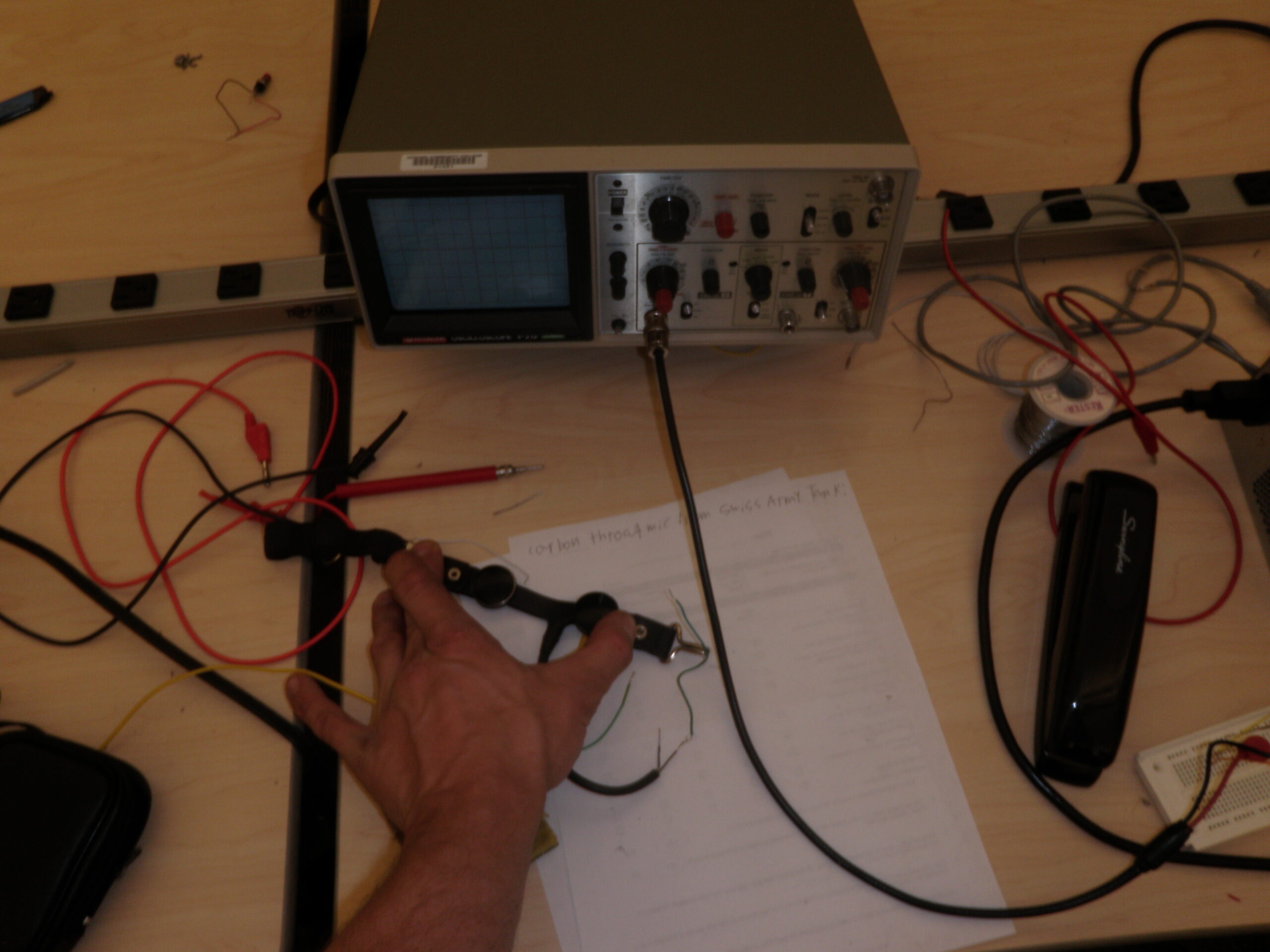
6. **Extraordinary Vocal Cord Vibration Rate: The 7.04 Hz Phenomenon**
Delving deeper into the mechanics of his vibrato, the European scientists, led by Dr. Christian Herbst, made a significant discovery regarding the sheer speed at which Freddie Mercury’s vocal cords vibrated. Their groundbreaking analysis confirmed that Mercury’s vocal cords vibrated at an extraordinary rate of 7.04 Hz. This specific measurement stands as a testament to his unique physiology and cultivated technique, profoundly impacting the quality and character of his sung notes.
To put this into perspective, this rate of 7.04 Hz significantly exceeded the vibrato frequency of nearly every known rock or classical singer studied. Classical opera singers, for instance, typically exhibit a vibrato frequency of around 5.5-6 Hz, which is considered the norm for their polished vocal technique. Mercury’s faster-than-average oscillation introduced a distinct “shimmering, restless energy” into his recordings, a quality that was palpable even in the quietest, most tender moments of songs like “Somebody to Love.”
This extraordinary vibration rate wasn’t merely a technical detail; it was a fundamental component of the visceral impact of his voice. It contributed to the sense that his voice was always intensely alive, brimming with an almost restless energy that could burst forth at any moment. This accelerated, rapid flutter gave his sustained notes a unique intensity, making them resonate with an electrifying force that connected directly with the listener’s emotions and contributed immeasurably to the power and memorability of Queen’s expansive discography.

7. **Instinctive Command of Advanced Vocal Physics: Seamless Subharmonic Transitions**
The scientific investigations not only identified the presence of subharmonics in Freddie Mercury’s singing but also revealed the sheer mastery with which he utilized them. Dr. Herbst’s research indicated that Mercury possessed an “instinctive, almost reflexive command of advanced vocal physics,” allowing him to slip in and out of subharmonics seamlessly. This level of control goes beyond mere technique; it suggests a profound, perhaps even unconscious, understanding of his own vocal apparatus and its capabilities.
This effortless transition between vocal modes meant that Mercury could integrate these complex, layered tones into his performances without any discernible effort or strain. It wasn’t a trick or a gimmick, but an intrinsic part of his vocal tapestry, weaving in and out of the true vocal cord vibrations to create a richer, more profound sound. This seamlessness added a level of sophistication to his raw power, enabling him to deliver moments of intense guttural force followed by soaring melodic lines, all within the same breath or phrase.
Such an instinctive command implies that these advanced vocal manipulations were not merely learned but deeply ingrained, a natural expression of his unique vocal anatomy and artistic intention. This ability to layer tones and shift between regular and subharmonic vibrations with such fluidity meant that his voice could constantly surprise and enthrall. It allowed for a dynamic vocal presence that could instantly shift from tender vulnerability to explosive power, a hallmark of his captivating performances and a key secret behind the lasting impact of his legendary voice.
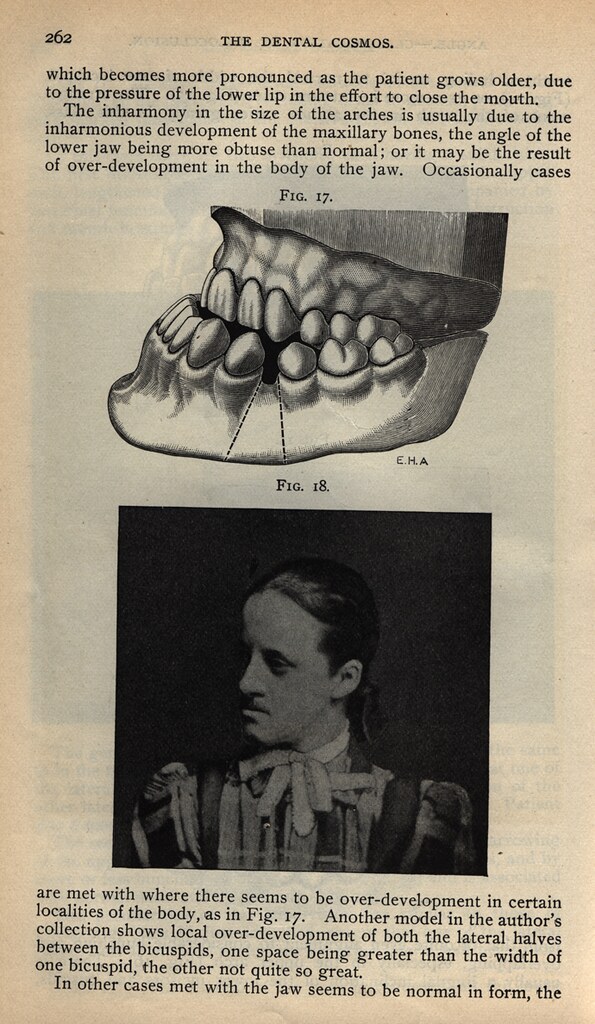
8. **The Role of His Unique Dental Structure and Oral Chamber**
Beyond the intricate mechanics of his vocal cords, some fans and researchers have long speculated about other anatomical features that might have contributed to Freddie Mercury’s extraordinary voice. One prevailing theory centers on his distinctive dental structure, a unique physical trait that Mercury himself reportedly believed played a part in his wide vocal range. This theory posits that his oral cavity acted as an exceptional resonance chamber, amplifying and shaping his sound in ways few other singers could replicate.
Mercury famously lived with a combination of hyperdontia and malocclusion. Hyperdontia meant he possessed four extra incisors, while malocclusion described these teeth as not being properly aligned. These additional, protruding teeth, coupled with a jaw that was reportedly larger than usual, created a significantly larger oral chamber. This increased space within his mouth could have provided a natural acoustical advantage, allowing for greater resonance and projection, which were hallmarks of his stadium-filling performances.
While the scientific study focused primarily on laryngeal function, the anecdotal and fan-driven observations about his dental structure offer a compelling, if unproven, additional layer to the enigma of his voice. It’s a testament to the comprehensive nature of his vocal instrument that every aspect, from his deep physiology to his outward physical characteristics, became a point of fascination. This larger resonance chamber, whether consciously or unconsciously utilized, undoubtedly contributed to the sheer power and presence of his voice, making his every note resonate with an unforgettable force.
Read more about: Navigating the Patchwork: Your Essential State-by-State Guide to Concealed Carry Laws Across the US

9. **The Unexplained ‘Kind of Magic’: The Remaining Mystery of His Range**
While the European voice researchers meticulously deconstructed many elements of Freddie Mercury’s vocal genius, a significant piece of the puzzle remained elusive: the full scientific explanation for his spectacular four-octave vocal range. Despite their advanced acoustic analysis and rigorous methodology, the sheer breadth of his register, particularly his ability to effortlessly traverse from powerful baritone growls to brilliant tenor peaks, continued to defy easy categorization and complete scientific understanding.
The study authors themselves acknowledged this enduring mystery, highlighting that those “four scientifically inexplicable octaves” still retained an element of the “magic” that had always enchanted his fans. This admission underscores that while science can illuminate many aspects of talent, some intrinsic, perhaps genetic, gifts might transcend current analytical capabilities. It suggests that Mercury’s voice truly possessed an innate quality that went beyond learned technique, a raw, natural talent that was simply part of his unique physiological makeup.
This aspect of his vocal range, remaining partly shrouded in enigma, ironically strengthens the popular perception of Mercury as a “rock ‘n’ roll Chosen One.” It allows for the continued belief in a voice touched by something extraordinary, a “Kind of Magic” that graced the world for too short a time. This blend of scientific insight and enduring mystery only enhances his legend, inviting listeners to marvel at a vocal instrument that was both meticulously studied and profoundly inexplicable, ensuring his place as a truly unique musical phenomenon.

10. **Beyond Rock: Mercury’s Operatic Ambitions and Diverse Musical Study**
Freddie Mercury’s vocal prowess wasn’t merely a result of natural talent; it was also shaped by a profound dedication to music that extended far beyond the confines of rock. His curiosity and artistic ambition led him to explore and study diverse musical genres, particularly opera, a style renowned for its extreme vocal demands and technical rigor. This deep immersion in classical traditions undoubtedly honed his vocal control and expanded his understanding of voice production in ways that greatly benefited his rock performances.
According to Music To Your Home, opera is one of the most challenging musical styles for a performer to master, taxing the entire body and requiring immense discipline and breath control. Mercury’s reported love for and ability to perform opera speaks volumes about his commitment to pushing his vocal limits. He was known to have considered an opportunity to perform in an opera duet as a baritone, a testament to his versatility and the respect he garnered within the operatic world, even if he ultimately declined due to concerns about fan recognition.
This blend of raw rock energy with operatic flair became a distinguishing characteristic of Queen’s sound, evident in masterpieces like “Bohemian Rhapsody.” His engagement with such demanding genres not only showcased his immense talent but also provided him with a broader vocal palette, allowing him to infuse Queen’s music with unparalleled drama, emotional depth, and technical sophistication. It illustrates that his legendary voice was a product of both extraordinary natural gifts and relentless, diverse musical cultivation.
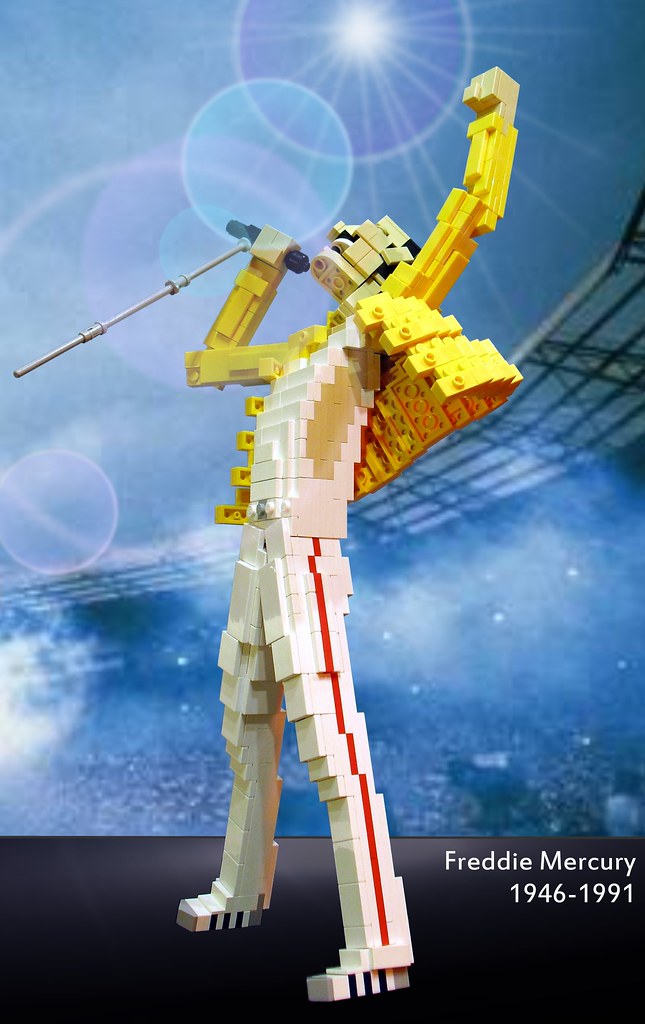
11. **The Broader Influence of His “Growl”: Tracing Subharmonics in Other Genres**
While the scientific study specifically pinpointed Freddie Mercury’s use of subharmonic vibration and false vocal cords as a key to his signature growl, it also opened a fascinating window into the broader application of this rare vocal technique across different musical landscapes. The phenomenon, described as the shiver-inducing roughness and raspiness in his voice, isn’t exclusive to Mercury, nor is it unique to rock ‘n’ roll, highlighting its surprising versatility and ancient roots.
Researchers have drawn unexpected connections, noting that subharmonics are commonly found in traditional throat singing practices, such as those from Tuva. This cultural bridge underscores the primal, almost universal appeal of these layered, lower-frequency tones. Furthermore, a 2013 linguistic study out of Canada’s University of Victoria attributed similar harsh voice qualities in quintessential blues singers like Muddy Waters and the aptly named Howlin’ Wolf to subharmonic vocalization of the vestibular folds.
This vocal technique extends even into modern genres, with artists like rappers Lil Jon and Busta Rhymes also employing sonic textures that resonate with this subharmonic principle. Their ability to deliver raw, guttural sounds, often with immense power and impact, echoes the same fundamental physiological manipulation that gave Mercury’s growl its undeniable force. This surprising continuity across seemingly disparate genres demonstrates the fundamental versatility of these vocal mechanics.
Even in the realm of rock, the “death growl” prevalent in metal music is a direct descendant of this technique, with bassist John Entwistle of The Who credited with an early, sinister growl on the chorus of the hallucinatory “Boris the Spider” in 1966. Mercury’s masterful command of this technique, therefore, places him within a rich, diverse lineage of vocalists who have harnessed the power of their false vocal cords to create uniquely impactful and often unsettling sounds, cementing its place as a powerful tool in vocal expression.

12. **Visualizing Vocal Mastery: Spectrographic Analysis of Fold Vibrations**
The advanced scientific investigation into Freddie Mercury’s voice didn’t stop at identifying specific acoustic phenomena; it also employed sophisticated techniques like spectrographic analysis to visualize the intricate mechanics of his vocal cords in real-time. This allowed researchers to observe, with unprecedented detail, how his vocal fold vibrations underwent rapid changes in thickness and tension. Such minute, millisecond-level adjustments were crucial to his ability to achieve such precise and powerful vocalizations.
This detailed analysis provided concrete evidence of Mercury’s exceptional laryngeal control. It demonstrated that his vocal cords were not merely vibrating in a consistent manner, but were dynamically adjusting their physical properties at an astonishing speed. This flexibility enabled him to hit soaring high notes with pinpoint accuracy and transition between registers with breathtaking fluidity, even within the confines of a single phrase, such as during live renditions of “Bohemian Rhapsody.”
The ability to manipulate vocal fold thickness and tension so rapidly and accurately is a hallmark of true vocal mastery. It speaks to a combination of innate physiological gift and highly refined motor control developed through years of intense performance. This scientific visualization offers a deeper appreciation for the physical demands of his artistry, revealing the extraordinary precision underlying what often appeared to be effortless, raw vocal power, and further solidifying his reputation as a technical genius of the voice.

13. **The Enduring Legacy: Posthumous Recognition and Awards**
Freddie Mercury’s profound impact on music and culture transcended his lifetime, continuing to resonate decades after his passing. His extraordinary talent and charismatic presence earned him an unparalleled array of posthumous accolades and honors, cementing his status as an undisputed titan of rock ‘n’ roll and a figure of immense cultural significance. These awards are not merely formalities but powerful affirmations of his lasting legacy and the groundbreaking contributions he made to music.
Just a year after his death in 1991, Mercury was posthumously awarded the Brit Award for Outstanding Contribution to British Music in 1992, a fitting tribute to a performer who had redefined the sound and spectacle of British rock. This was followed by a monumental tribute concert held at Wembley Stadium, a testament to the global outpouring of grief and admiration for his artistry. His influence was further acknowledged with his induction into the Rock and Roll Hall of Fame in 2001 as a member of Queen, a recognition of the band’s indelible mark on music history.
The honors continued, with his induction into the Songwriters Hall of Fame in 2003, acknowledging his genius as a composer, and the UK Music Hall of Fame in 2004. He has been consistently voted one of the greatest singers in the history of popular music, and was placed number 58 in the BBC’s 2002 poll of the 100 Greatest Britons. Such widespread and sustained recognition speaks volumes about a talent that continues to inspire and captivate across generations.
Mercury’s posthumous recognition is not just about the scientific marvel of his voice but also about the enduring cultural imprint he left on the world. It proves that true artistry, innovation, and an unparalleled stage presence, once ignited, truly burn forever, continuing to influence and delight long after the artist has departed.
Read more about: John Amos, Actor in Groundbreaking TV Roles and Cultural Icon, Dies at 84

14. **The “Dead Star” Factor: Impact on Queen’s Popularity After His Passing**
The tragic passing of Freddie Mercury in 1991, while a profound loss to the music world, inadvertently triggered a remarkable resurgence in Queen’s popularity, particularly in regions where their star had dimmed in the preceding decade. This phenomenon, sometimes cynically termed the “dead star” factor, highlights the complex interplay between an artist’s mortality and the amplification of their cultural impact, elevating their work to legendary status for new and old fans alike.
In the United States, where Queen’s popularity had lagged throughout the 1980s, the sales of their albums saw a dramatic increase in 1992, the year following Mercury’s death. An American critic observing this trend noted, “What cynics call the ‘dead star’ factor had come into play—Queen is in the middle of a major resurgence.” This surge was a powerful testament to the enduring quality of their music and the profound connection fans had with Mercury’s artistry.
This resurgence was significantly aided by the release of the movie “Wayne’s World” in 1992, which famously featured “Bohemian Rhapsody.” The inclusion of this iconic track introduced Queen’s music to a new generation of listeners, reigniting passion among existing fans and catapulting the band back into mainstream consciousness with an electrifying force. It demonstrated the unparalleled power of their catalog to transcend time and connect with diverse audiences.
The numbers speak for themselves: according to the Recording Industry Association of America, Queen had sold 34.5 million albums in the US by 2004, with approximately half of those sales occurring since Mercury’s death in 1991. This statistic powerfully illustrates how his passing transformed perceptions and amplified appreciation for Queen’s extensive discography. It underscores that while the scientific secrets of his voice are fascinating, the broader cultural resonance and enduring appeal of Freddie Mercury’s artistry, tragically yet profoundly, intensified after he left the stage for the last time.
From the complex scientific measurements of his vocal cords to the enduring legacy enshrined in halls of fame and booming album sales, the story of Freddie Mercury’s voice is a symphony of raw talent, relentless dedication, and an almost mystical magnetism. While researchers have brilliantly peeled back layers of physiological mystery, the true “Kind of Magic” that defined his performances remains, at its heart, an ineffable connection to the human spirit. His voice, a potent blend of baritone depths and tenor heights, growls and soaring vibrato, continues to inspire awe, proving that some legends, once they ignite the world, truly burn forever.



